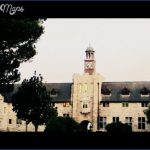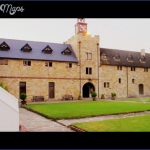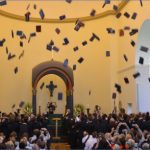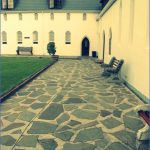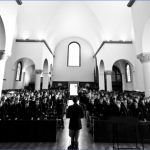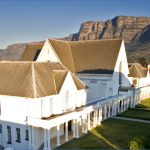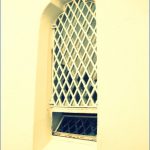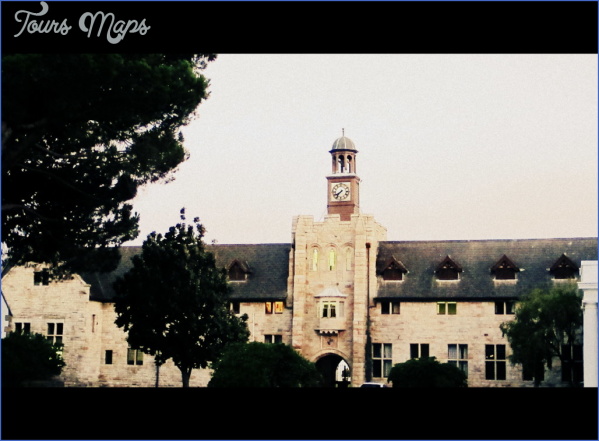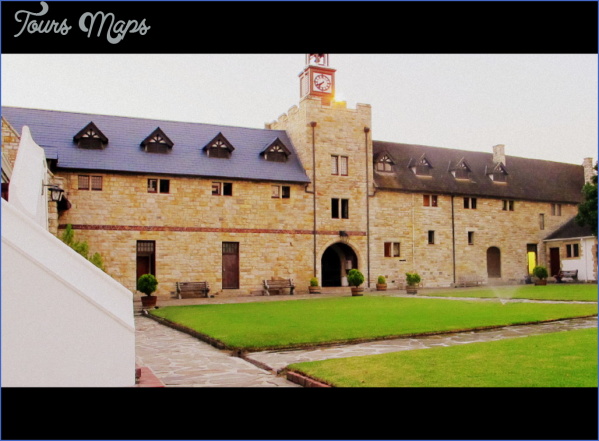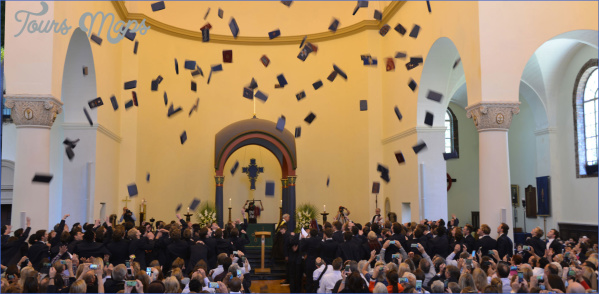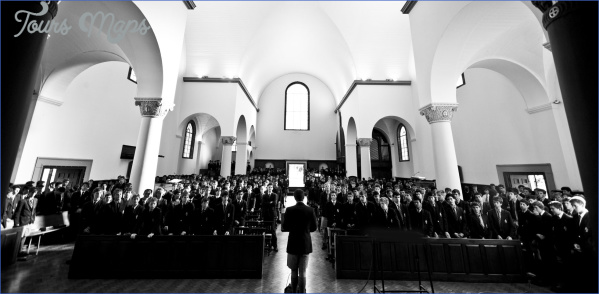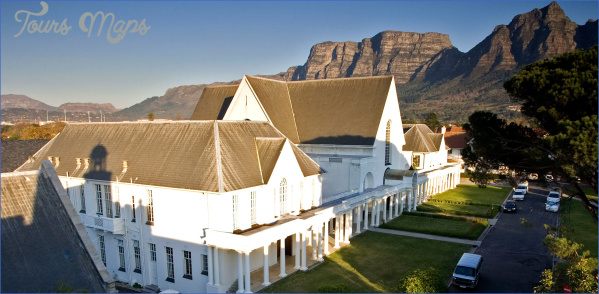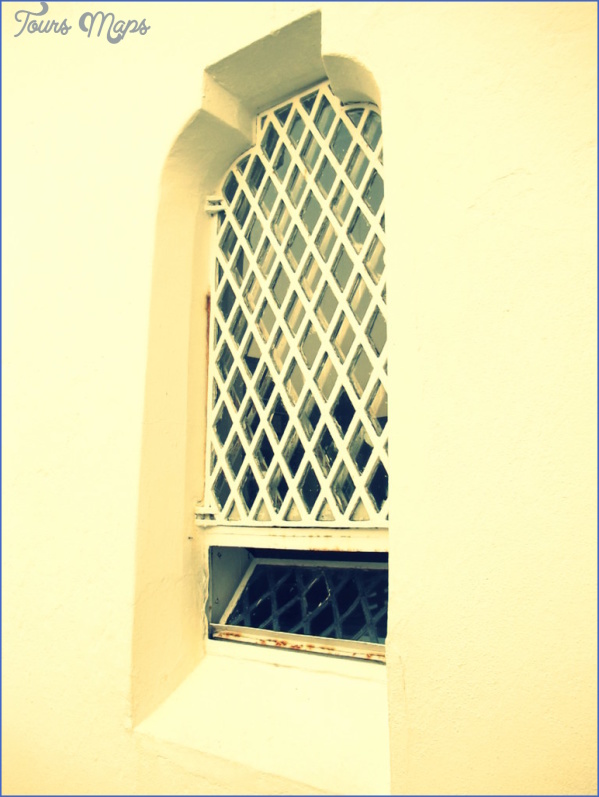The dining hall (1862), one of the oldest sections of the Founder’s Quadrangle, was panelled in 1957.
Fder’s House is the oldest part of Bishops. It’s at the core of the Diocesan College, founded by Bishop Robert Gray in 1850 and soon referred to as the Bishop’s school. A school for boys, it began life informally in 1849 at the bishop’s own house, Protea (now known as Bishopscourt), up on Wynberg Hill. But tiring of little boys continually under foot, Gray opened two new schools: one for white children at Woodlands, a pine-studded Rondebosch farm where Bishops now is (and where many of the old pines have survived), and one for black children, on the site of today’s Zonnebloem College above the city bowl. The purpose of the new school at Rondebosch, the Collegiate School of the Diocese of Cape Town, was ‘to give a sound education to the Youth of the Colony’, and it would be conducted strictly on the principles of the English Church. It would take boys only, ‘not under 10 and not above 15 years of age.’ The Bishop’s wife, Sophie Gray, recorded that when the school opened it had six pupils. It didn’t really prosper until Canon George Ogilvie, from St George’s Grammar School, which was attached to Cape Town’s St George’s Cathedral, arrived to become headmaster in 1861.
The focus of Founder’s House is the Quad. Walking through it on a winter’s day you could be at an English public school or an Oxford college. There’s a monastic look about the place which, I suppose, isn’t a coincidence, given that this is a Church school. With only three sides originally, the Quad remained the school’s focus until Canon Ogilvie enlarged it in 1863, adding a new classroom on the south side of what is now called the Mount Nelson and, on the north side, a kitchen and a dining hall with a dormitory overhead. In the mid-1890s, the fourth side was completed. In 1896, Herbert Baker completed the first section of the roughly hewn stone facade, in 1905 adding a clock tower, over today’s main entrance.
FOUNDER’S HOUSE, BISHOPS Rondebosch Cape Town Photo Gallery
Canon Ogilvie is a Bishops legend: he fashioned what Bishops would later become. He also ‘introduced rugby football to Bishops in 1861, and to South Africa as well,’ says Basil Bey, former housemaster at School House, rugby coaching legend and today a curator of the Bishops museum. ‘Bishops was first with it – although many other schools will say that they were. In those days we played the Winchester version of rugby football which was more of a kicking game – quite a brutal game in fact – while our opponents, the military team from the garrison at Wynberg Camp, played the Rugby version. In the end we swapped over, a move Ogilvie wasn’t happy about.’ In the early years, the game was played on the Rondebosch Common. Rugby thrived, if only because the Bishops teams needed others to play against. The local press, however, had no great hopes for the new Rugby Union in South Africa, for in the Cape Town Daily News of July 18th, 1876, it was reported that ‘the new game will hardly prove a very popular one at the Cape …’.
Oh well, if you were a dud at rugby you could always have looked after some of the animals kept in the school’s menagerie. Anthony Trollope, visiting in 1877, found at this ‘school in Rondebusch . a perfect menagerie of interesting animals attached . which is an advantage which English schools seldom possess.’
A master’s study at Founder’s House. The bolt hole of a memorabilia-collecting magpie, it has a steep Gothicky roof and small upper-floor windows. Rugby balls commemorate a sport nurtured in its infancy in South Africa by Bishops ’ players.
The Brooke Wing of the Founder’s Quadrangle – in a style known cheekily as Collegiate Gothic. A cloister was planned for the Quad side of it. It houses the former chemistry laboratory, designed by Herbert Baker (1896).
The main entrance to the Quadrangle is through a gate in the Brooke Wing, designed by Baker & Massey (1904). Above the arch is the clock tower.
Maybe You Like Them Too
- Sanctuary Makanyane Safari Lodge SOUTH AFRICA
- Ruzizi Tented Lodge Akagera National Park, Rwanda
- Map of BOTSWANA – Mombo Camp BOTSWANA
- One & Only Nyungwe House RWANDA
- South Luangwa National Park Safari

